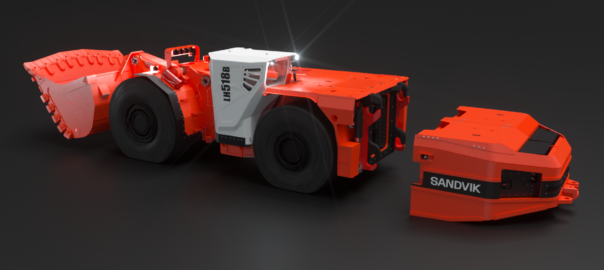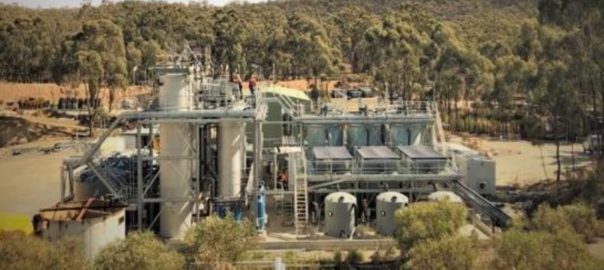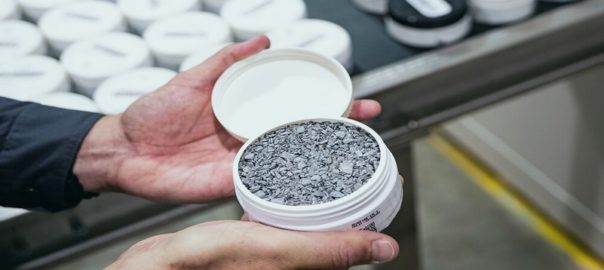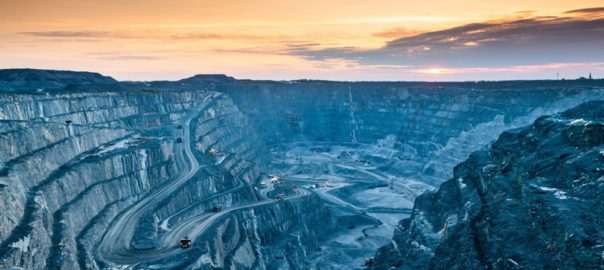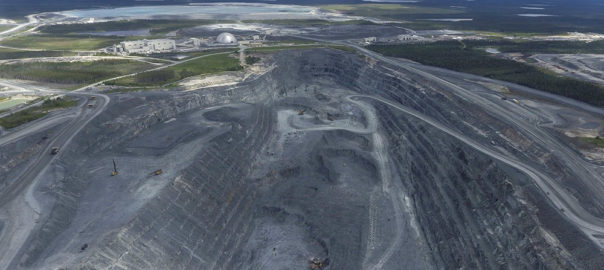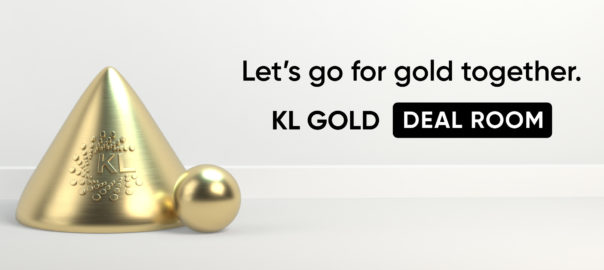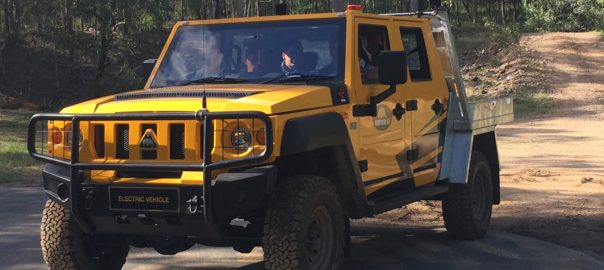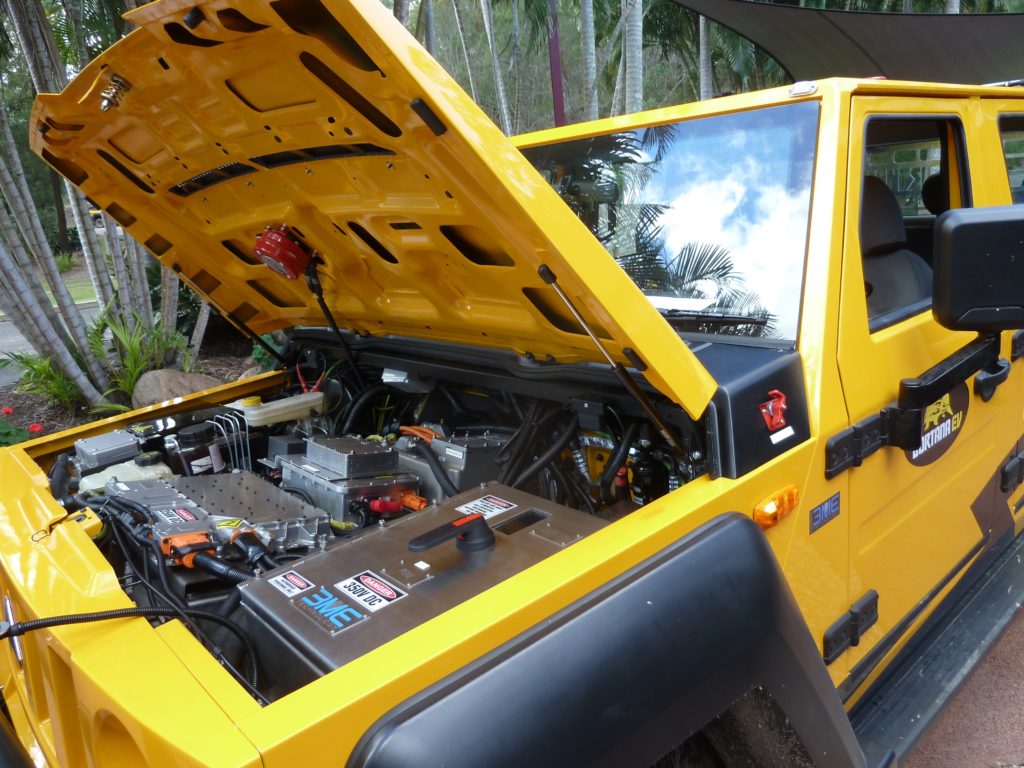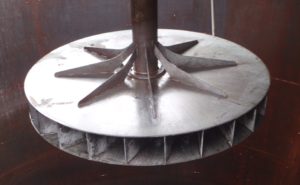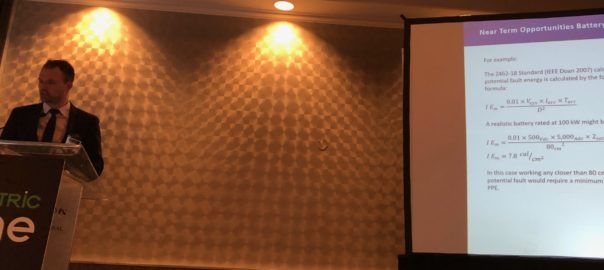Sandvik and Ontario’s Northern College have entered into a memorandum of understanding (MoU) to, they say, work collaboratively to enhance existing battery technician training modules, and develop a new program to educate service technicians and support the growing requirement for specialised battery-electric vehicle (BEV) technicians in the mining industry.
The Northern College Battery Electric Vehicle Technician training program for service technicians should prepare them for employment in this field.
BEVs are increasing in popularity in the Canadian mining industry due to the improvements they offer in operating environments, maintenance costs, efficiency and productivity, yet specialised BEV technicians are required to support the growing fleet of BEVs in Canada.
“It’s important to be aware of the fact that the technology powering battery-electric vehicles is considerably different than that of diesel machines,” Dr Audrey J Penner, President and CEO of Northern College, said of the new technology.
“Servicing and maintaining these fleets requires a different skillset than what is required for a diesel-powered fleet because BEVs have fewer mechanical components and more electrical components. For that reason, the Canadian mining industry requires a new generation of service technicians who are trained in servicing electrically-powered machinery and Northern College is responding to that call for talent and training.”
Northern College and the Haileybury School of Mines will develop a program with Sandvik and their partners to educate participants in BEV technology. Sandvik will serve as a subject matter expert on the topic of BEVs in a mining application to ensure program graduates are educated in areas relevant for the mining industry.
Peter Corcoran, Vice President Canada, Sandvik Mining and Rock Technology, said: “This program is really a win-win for a cleaner industry while also supporting resource development in the communities close to the mines using BEV technology.
“We are investing in educating this next generation of service specialists because we forecast an increase in demand for technicians in the BEV field as more operations transition to zero-emissions equipment. We also want to invest in the local talent pool as the benefits of hiring locally and developing sustainable capacity in the community cannot be understated. This partnership addresses both of those areas.”
One industry proponent of BEVs in mining is Kirkland Lake Gold, which has deployed many battery-powered units at its Macassa gold mine in Ontario.
“Using BEVs at our Macassa Mine benefits us in a number of ways, including significantly lowering greenhouse gas emissions, improving working conditions and reducing capital requirements for ventilation,” Evan Pelletier, Kirkland Lake Gold’s Vice President of Mining, said.
Pelletier explains that Kirkland Lake Gold was among the first to bring electrification to the mining industry and the company has seen significant improvements in BEV technology in a relatively short timeframe.
Based on Kirkland Lake’s experience, Pelletier believes the participation of both original equipment manufacturer and mining companies in the development of a technician training program will be an important contributor to the program’s success.
“Working with colleges will help Kirkland Lake Gold further develop our technicians in this field,” Pelletier explains. “The program will not only develop new technicians, it will help to establish BEV standards in the industry that will lead the way for future advancements.”







